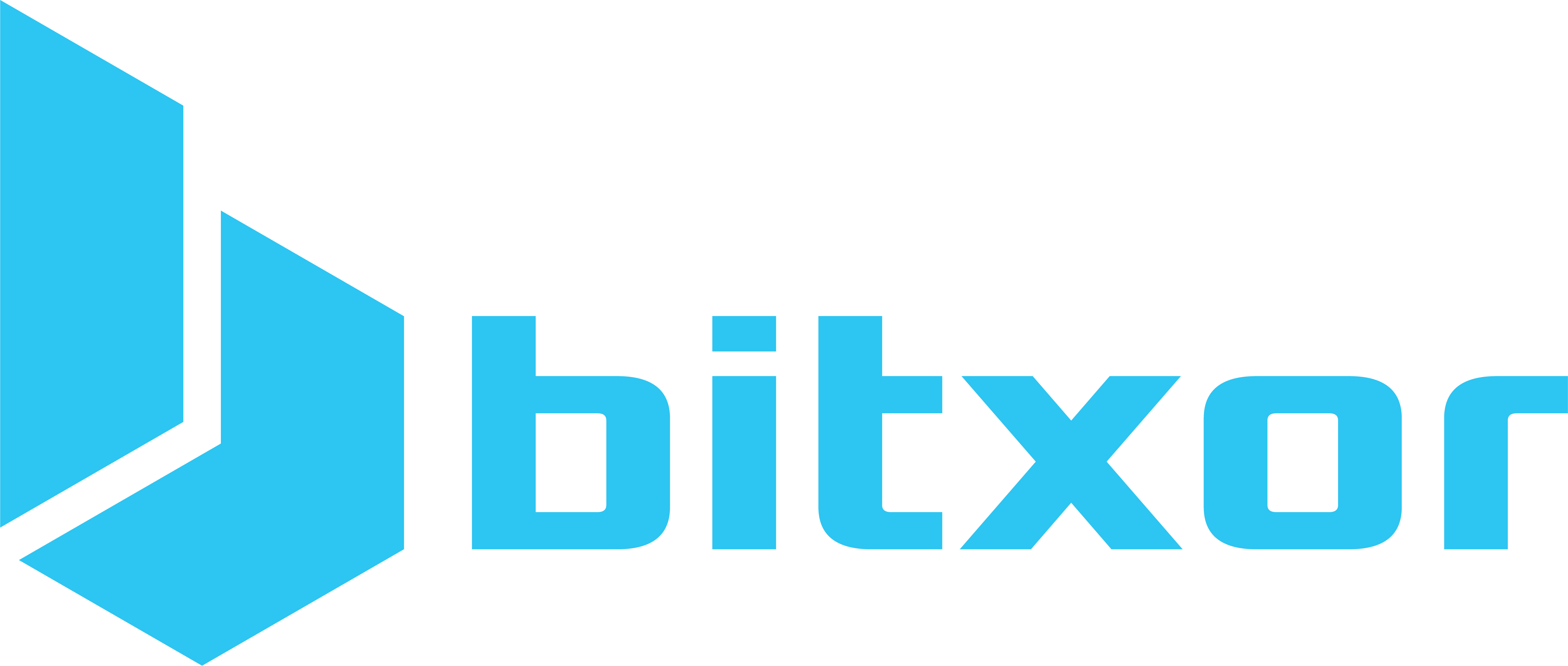Recent discussions in the scientific community have been ablaze with excitement and skepticism surrounding the discovery of the LK-99 compound. LK-99 is purported to be the first-ever room-temperature superconductor, opening the doors to groundbreaking advancements in energy transport, scientific research, energy efficiency and of course blockchain. Much like Chat-GPT revolutionized communication, LK-99 has the potential to revolutionize solid-state physics and superconductivity. As the debate rages on, the implications of this discovery for the future of technology are vast and promising.
What is a Superconductor and Why is Room-Temperature Superconductivity Important?
Under normal conditions, electricity faces resistance during transport due to electron collisions, leading to energy loss. Superconductors, however, conduct electricity with nearly zero resistance. The traditional challenge with superconductivity has been that it can only be achieved at extremely low temperatures or high pressures, limiting its practical applications. A room-temperature superconductor, such as LK-99, would revolutionize energy transport and electromagnetically based technology. The potential applications are vast, from efficient energy transmission to viable nuclear fusion power.
The Discovery of LK-99 and Its Controversy
LK-99, composed of lead, phosphorus, and oxygen, is synthesized from lead phosphide and sulfate, with the addition of copper phosphide. Researchers from the Quantum Energy Research Center and the Korea Institute of Science and Technology in Seoul claim to have achieved room-temperature superconductivity using this compound. While the announcement has generated excitement, it has also been met with skepticism from other scientists, who have yet to replicate the results. The scientific community awaits further evidence to validate this groundbreaking claim.

Superconductor Pb10−xCux(PO4)6O showing levitation at room temperature and atmospheric pressure and mechanism
Sukbae Lee, Jihoon Kim, Hyun-Tak Kim, Sungyeon Im, SooMin An, Keun Ho Auh
The Potential Impact of Room-Temperature Superconductors
If confirmed, room-temperature superconductors like LK-99 could be a game-changer in various industries. The implications for energy transport are particularly noteworthy. Renewable energy sources like solar and wind power could be transmitted over long distances with minimal loss, reducing greenhouse gas emissions and making clean energy more accessible globally. Additionally, electromagnetic-based technologies, from levitation trains to nuclear fusion, could become commercially viable and transform modern transportation and power generation.
Implications for blockchain technology
The discovery of LK-99, the potential room-temperature superconductor, holds significant implications for blockchain technology. Blockchain, the decentralized and transparent ledger system that underpins cryptocurrencies like BXR Coin, relies on secure and efficient data transmission. The use of superconductors could revolutionize the energy-efficient validation process known as “mining” within blockchain networks. With the ability to conduct electricity with almost zero resistance, LK-99 could enable faster and more efficient data processing, reducing the energy-intensive demands of current blockchain networks. This breakthrough could lead to enhanced scalability, increased transaction speeds, and improved security, making blockchain technology more accessible and practical for a wide range of applications beyond cryptocurrencies. As researchers continue to investigate the potential of LK-99, the blockchain community eagerly anticipates the possibilities that this groundbreaking discovery may unlock for the future of decentralized technology.
Challenges and Future Prospects
While the discovery of LK-99 holds immense promise, significant challenges remain to be addressed. The current inability of LK-99 to carry substantial current in its superconducting state at high temperatures poses limitations for practical applications. The scientific community must work to enhance the material’s current density and better understand its behavior at the quantum scale. Replicating the experiment is another hurdle that must be overcome to establish the validity of this groundbreaking discovery.
The potential of LK-99 as the first room-temperature superconductor has aroused enthusiasm and caution in the scientific community. Its impact on energy transport, scientific research and technology could be transformative and offer possibilities hitherto confined to the realm of science fiction. However, until more evidence is obtained and the material’s properties are better understood, the world should remain cautiously optimistic about the future prospects of LK-99 and its potential to revolutionize various industries, including cryptocurrencies and blockchain.
As researchers continue to study the potential of the LK-99, the blockchain community eagerly awaits the possibilities that this groundbreaking discovery may open up for the future of decentralized technology.
Share:

